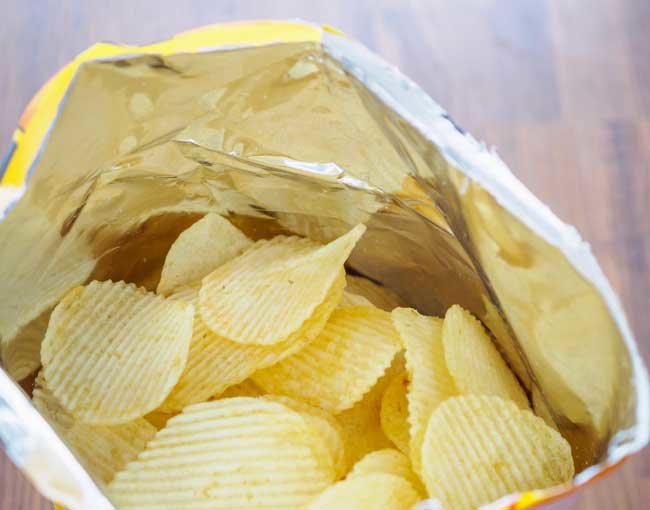As we have been reporting, food-product makers have been the subject of various types of unfair advertising or competition claims, including those based upon the assertion that a product packaging contains too much empty space or “slack-fill.” California’s Legislature has very recently sought to narrow, to some extent, the claims that can be made, passing new amendments to the Business and Professions Code on September 19. Under California’s amendments:
- A product container does not violate the law if the depiction of the product is the actual size of the product; if there are multiple units of the same product in a package, only one actual size depiction is required per same size product or immediate product container.
- If the product package has a “fill line,” with an explanation that the line represents a “fill line,” both of which are clear and conspicuous on the outside packaging, the package will be considered satisfactory. If the product is subject to settling, that “fill line” must represent the minimum amount of product after settling.
- Last, if the mode of commerce does not allow the consumer to view or handle the physical container or product, the packaging is not covered by the “slack-fill” statutes. According to the California Chamber of Commerce, this amendment should be important for e-commerce, drug purchases and alcoholic sales.
This area of the law is inconsistent throughout the States, and statutes and case law are rapidly changing. If you have questions about empty space in product packaging, you should consult with an attorney that is knowledgeable about the various “slack-fill” or other product packaging laws.
Jeff Brown is a partner in Thompson Coburn’s litigation practice.



